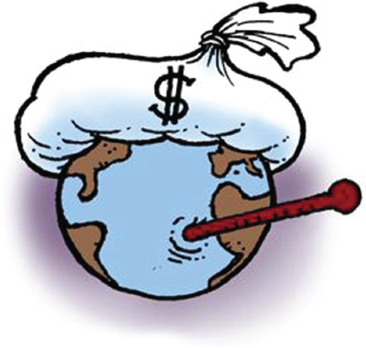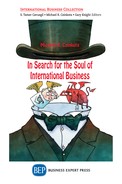(With Nittaya Wongtada)

Medical tourism can be traced to 4000 BC when Greek pilgrims would sail abroad to seek the healing power of hot springs and baths. Over the past two decades, the industry encountered dramatic shifts.
Once wealthy patients from emerging economies sought treatments not available in their home countries. Since the new millennium, however, the flow of patients goes in the other direction. Rising health care costs prompt travelers from advanced economies to seek international destinations offering lower-cost or timelier alternatives to domestic care.
For instance, a spinal fusion in the United States costs an average of $110,000 in 2016. The same procedure could be done for $6,150 in Vietnam. Heart bypass surgery, which costs $123,000 in the United States in 2016, could be performed for $12,100 in Malaysia. For many patients from high-priced countries, the solution is clear—it pays to seek medical care abroad!
The size of such tourism has ballooned since the late 1990s. Its value ranges between $45.5 billion and $72 billion in 2017, with approximately 14–16 million patients seeking medical care beyond their countries’ borders.
Modern medical tourism is a global phenomenon. Traditional models emphasized internationalization as an incremental procedure. But the industry surged after the Asian financial crisis of 1997, which drove hospitals in Malaysia, Singapore, and Thailand to seek patients from abroad. They had already undergone substantial modernization, catering to a domestic middle class that demanded medical services commensurate with their newly acquired wealth. With the economic downturn, however, a shrinking middle class could no longer afford these superior facilities. International clients provided a ready solution to an excess supply of private medical facilities.
The success of hospitals in Southeast Asia inspired other countries toward medical tourism. Regional hubs emerged due to advantages of geographical proximity and specialization. Malaysia and Singapore, for instance, received an influx of patients from Indonesia, while many patients in India came from Africa and the Middle East. Brazil, Costa Rica, and Mexico all benefitted from their proximity to the United States.
A clear pattern has emerged in the lifecycle of medical industries. First, countries in the developing world begin to offer services similar to those found in advanced economies. As new segments of international health care populations emerge, just like sun flowers, new medical tourism destinations grow toward the new opportunity. Close proximity to wealthy consumers constitute a competitive edge. To retain their market share, leading destinations formulate new strategies and options.
In order to survive growing competition, hospitals in emerging nations tend to implement two strategies. Since technologies stem from postindustrialized countries, most can only imitate. Their novelty comes from specialization in specific medical procedures. Doing few tasks very often improves capability, capacity, and efficiency, and thus improves reputational success.
However, this tactic may be ineffective as other hospitals develop similar capabilities. Consumer preferences will hinge on how closely services comply with their own cultural preferences and norms. Hospitals attract patients based on familiarity with local approaches and usages. Such an approach gives room for the increasingly recognized component of holistic healing.
It is important to understand how the lifecycle of hospitals continues to evolve. Different stakeholders—from governments to accreditation services to health care providers to patients themselves—will be affected by the expansion of the industry. For example, to date, there is still much unfounded reluctance to accept health care services offered by international sources. Once the industry manages to break out of restrictive domestic silos, a fundamental reconfiguration of service and cost will be the consequence. Let’s look forward to that!
